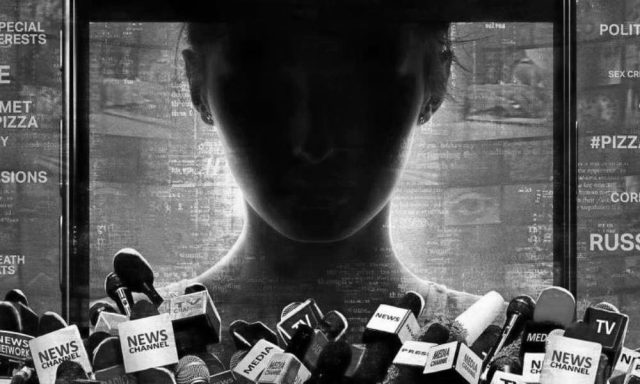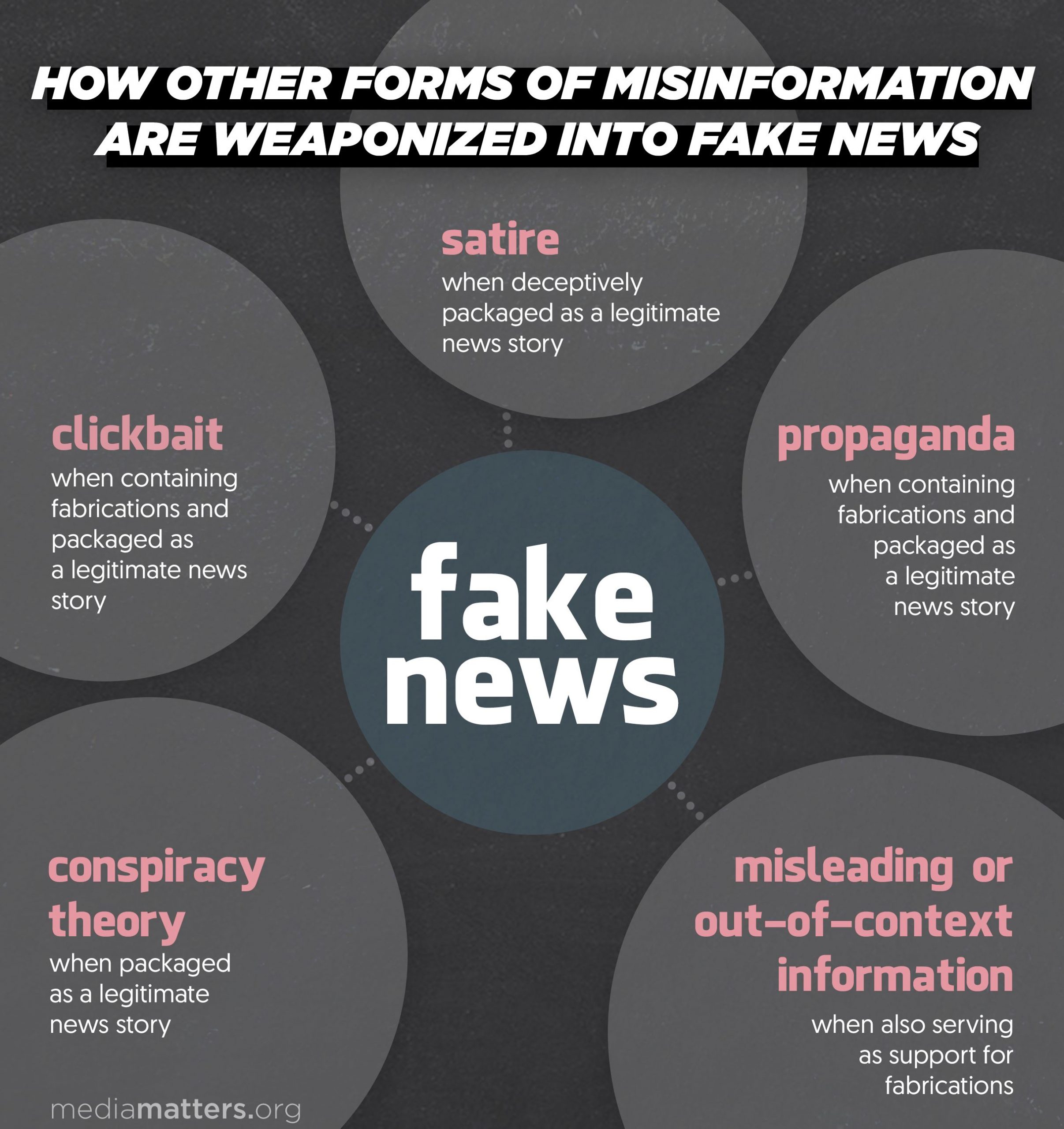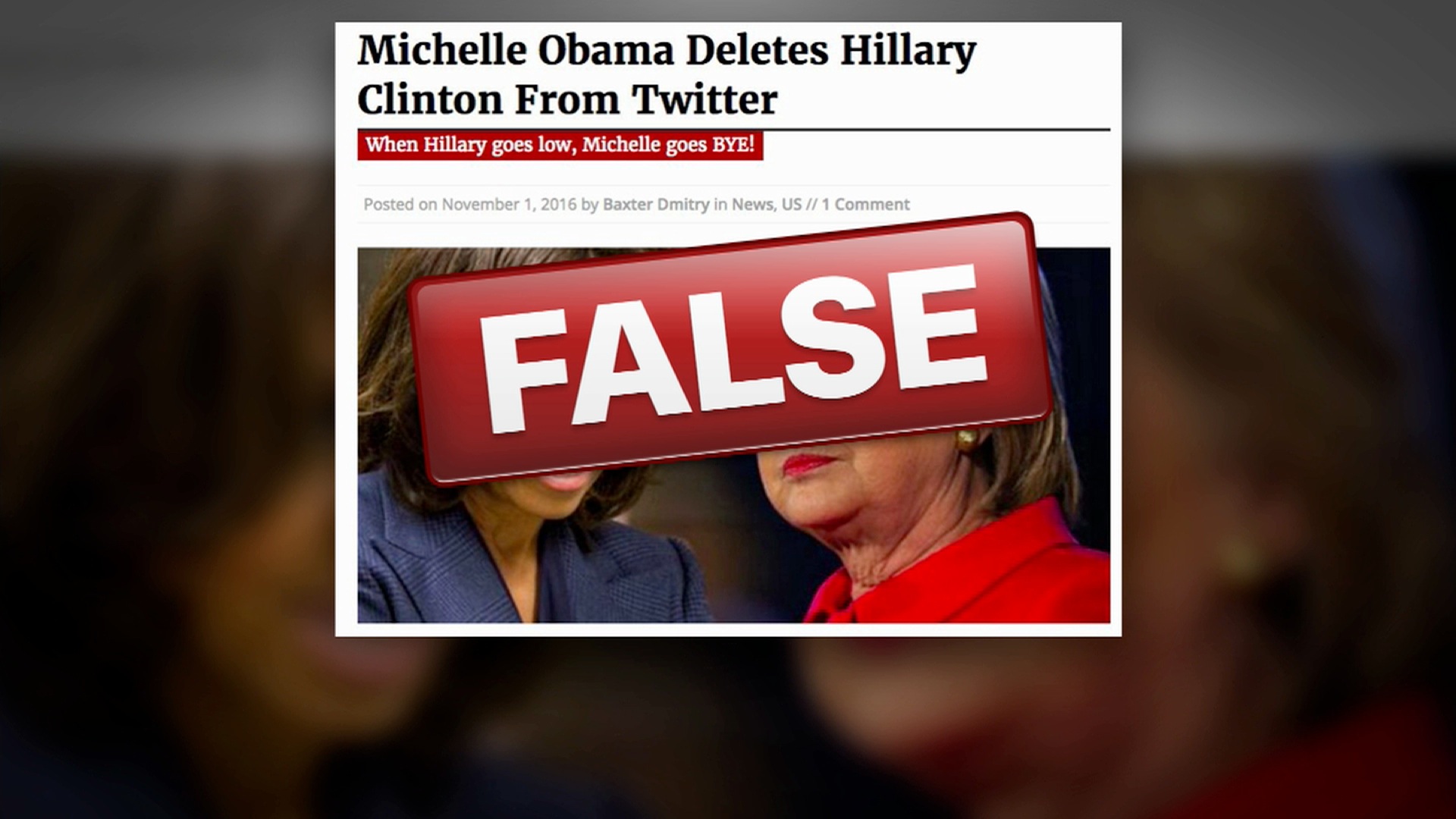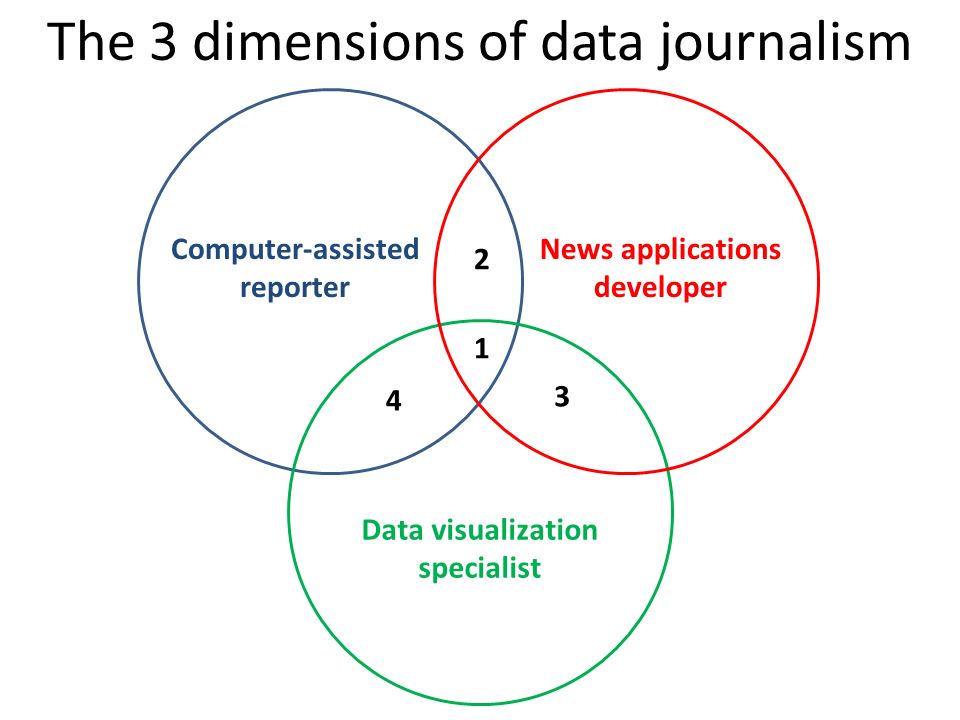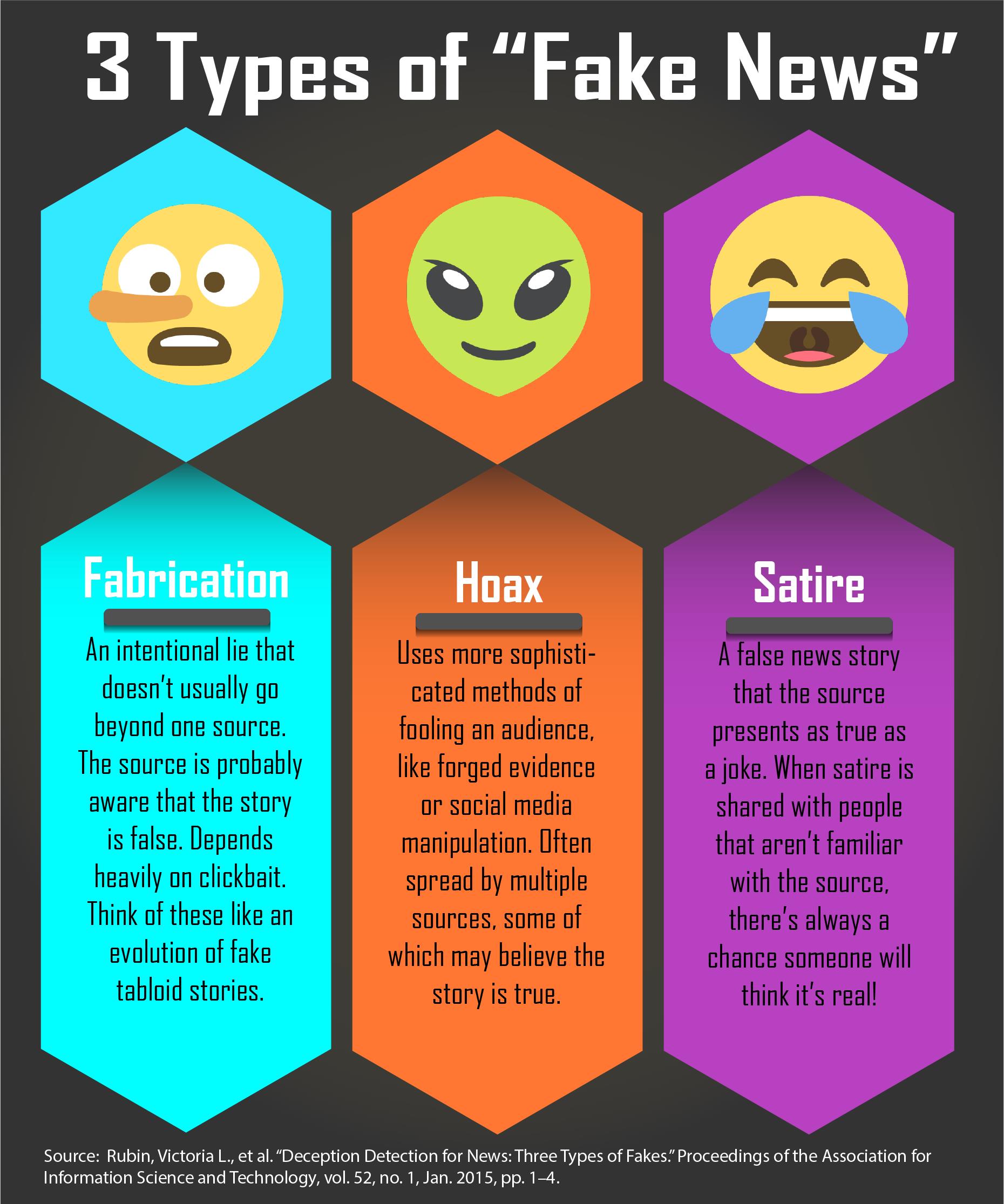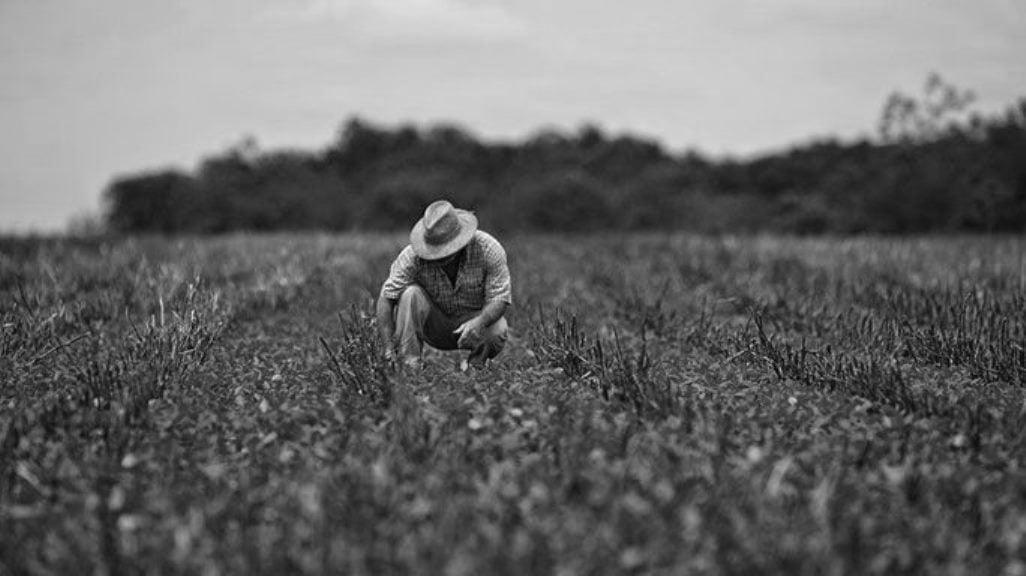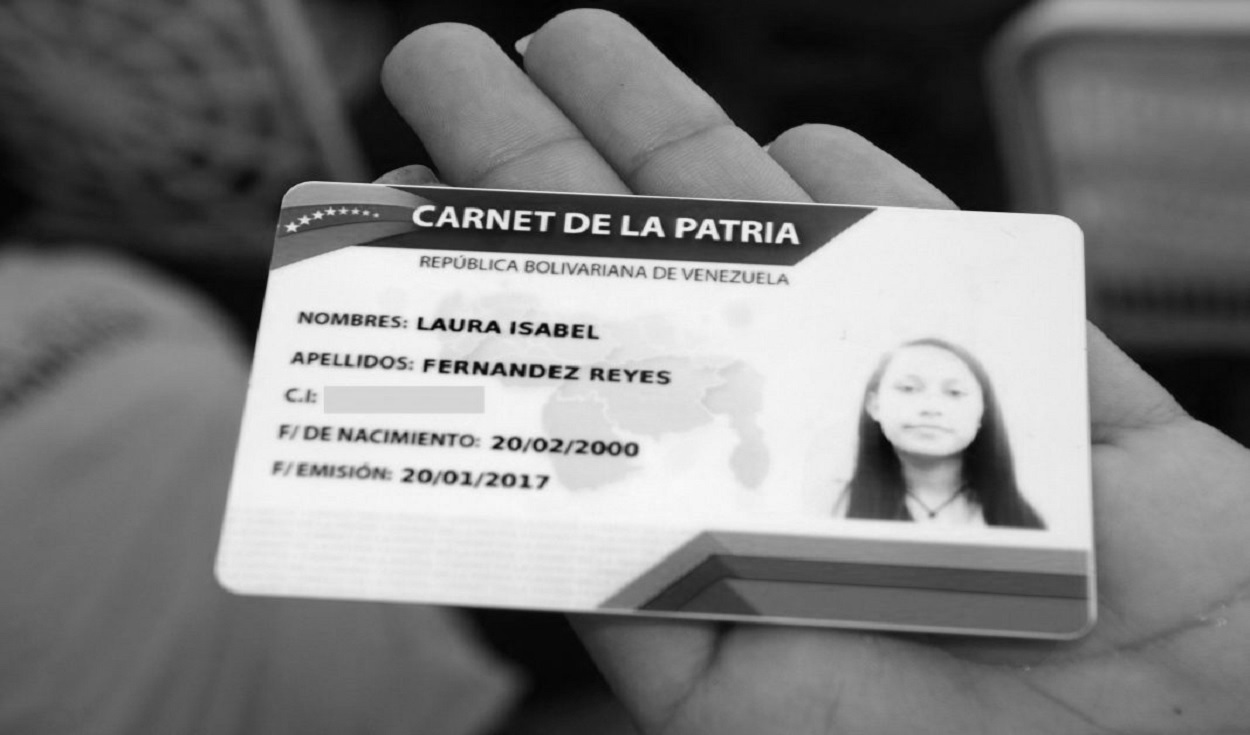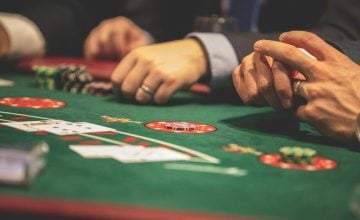XXI century, first year of the third decade. The pandemic caused by COVID-19 has affected more than 112 million people in one year. However, there is a virus that travels faster, it can infect millions of people in seconds. It can even cause riots, conflicts and civil wars and alter the mental capacity of the human being. Its cure – although it exists – is more difficult to spread than that of the coronavirus. Its name: «Fake News».
To put us in context. First, typing «fake news» on Google generates no less than 910 million hits. Second, in 2017, the Oxford Dictionary chose the term as ‘Word of the Year’. It was also among the finalists for the Fundación del Español Urgente (Fundéu), in its Spanish version: “noticias falsas» (false news).
Third, the report «Technology Predictions for 2018» by the US consultancy Gartner concluded that in 2022 the world will consume more false news than true. By then, there will not be enough material and technological capacity to eliminate them.
Fourth, a scientific study from the Massachusetts Institute of Technology (MIT) confirmed that fake news spreads much faster than real news. They reached that conclusion after analyzing 126,000 stories posted on Twitter between 2006 and 2017. That included more than 4.5 million tweets and almost three million users. Is the seriousness of the matter understood?
Fake News = Disinformation
And fifth, a study by Marián Alonso González, PhD in Social Communication from the University of Seville, called «Fake News: disinformation in the information society era«, had among its conclusions the following:
- The media stopped being the primary source of news compared to social networks.
- Today, the number of visits received or followers gained matters more than the quality of the news.
- The credibility of the media is the greatest challenge for journalists.
- The practice of journalism must acquire new values and perspectives.
- Journalistic values must be accompanied by citizen awareness.
It is precisely on this last point that Alexis Anteliz, a Venezuelan researcher, lecturer, information curator, hacktivist and member of the Internet Society (ISOC) agrees. In an exclusive interview, he assured that beyond any tool, the fight against «fake news», the same as in the education of a child, begins at home.
“The most important and simple tool at the same time is never to abandon common sense. It is the most important of the senses that must accompany every communicator, and also whoever seeks and receives information», he said.
Also, he added that, “obviously, there are technological tools that allow verifying the primary sources of information. You especially have to use them when it comes to images or videos, because you can track their trace on the Internet (…) But this ability requires, first of all, prudence, not rushing, being calm and sensible».
The human factor
The MIT study also reached another – according to the authors – unexpected conclusion. «Humans, and not bots, are primarily responsible for spreading misleading information». Although bots accelerated the spread of stories, both true and false, it was the human factor that made the difference.
Of this, Anteliz recalls that “fake news is used for various purposes, from personal, economic, political and even geopolitical. The best example is the so-called color revolutions. It is a manipulative technique of the United States to create chaos in a country and generate a coup. Thus, they provoke a change of regime and then, they can control the political power.
For example, at the end of last May, the NGO Human Right Watch (HRW) manipulated data from John Hopkins University and claimed that the Government of Venezuela was lying when giving the numbers of victims of coronavirus. They claimed that, based on a «reasonable figure», what would be «fair», was to say that there were 300,000 infected and 30,000 deceased.
Doing an exercise in awareness: what is easier and feasible? That HRW lies to create chaos in Venezuela, or that the Government of Nicolás Maduro hired David Copperfield and disappeared 300,000 sick and 30,000 corpses without a single cell phone camera recording 10 seconds of video or without taking a single photo.
The so-called influencers on social networks and dozens of anti-government media did not hesitate before spreading the information. They did not even take on the task of questioning HRW’s incredible assertion.
A new journalism?
Currently there is a need for a new, responsible, ethical and credible journalism. Data journalism is an option. How to define it so that even a child understands it? Paul Bradshaw, a journalism professor at the City University of London, puts it this way. «It is one that takes advantage of the power of computers to find, contrast, visualize and combine information from numerous sources».
However, it is not a new practice. «It has always existed, only that in recent years the telematics issue and access to databases and digital transaction records have expanded in the world», said Víctor Hugo Majano, journalist, expert in investigative and data journalism, founder and editor of the Venezuelan portal La Tabla, in an exclusive interview.
Majano argued that this expansion “has facilitated access to a lot of information and its processing, in order to set trends and identify courses of action. By handling a large volume of data you can make more conclusive interpretations of where the processes are going and develop more complete, truthful and reliable journalistic work».
Why is data journalism trustworthy?
For Majano, one of the keys that gives data journalism reliability is that all the information that is published – whether in essay format, infographics, videos, information maps, among others – is auditable from its primary or original source .
«The final product must have the origin of the data, the way it was processed and the elements that make it auditable for any user. In the end, it is the receiver who has the last word on the authenticity of the information”, he emphasized.
Therefore – Majano explained – all information that is not verifiable and publicly accessible, or that is partially or incompletely exposed, must be set aside. «Otherwise, the conclusions we can reach may be wrong», he said.
The ethical duty of the journalist
Although data mining requires certain technological tools, mathematical models and specific software for the analysis of large volumes of information, Majano stressed that any journalist can start from the smallest element and grow.
To do this, it is enough to use the largest database that exists: the Internet with criteria and depth. «Today, almost all the information is registered from an original source, and it is millions of data», he pointed out.
Once the source of the information is located on the web, there are five open source tools that can be very useful to start the practice of data journalism:
- Tabula: extracts the content of the tables from a PDF, up to the numeric arranged in rows and columns. Then save it in CSV (database) format or in a spreadsheet.
- LibreOffice Calc: works with external data from tables imported directly from a web page and into any book.
- Scrapy: extracts data in a structured, automated, fast, efficient and direct way from websites. Its handling requires medium knowledge in Python.
- OpenRefine: cleans and optimizes data, as it searches for duplicates, eliminates misleading characters, reorders, filters elements responding to certain rules, among other functions.
- DataWrapper: in four steps converts different volumes of data into statistical graphs. You just have to copy the data from your tables, describe them, choose the type of graph and start generating each one.
But, to use each one, three factors come into play again: the persons who are doing the work , their common sense and their ethics. Paul Bradshaw notes that after finding the information, “it is essential to understand it and make it intelligible to the public. Without that, programming, design and other knowledge will be useless».
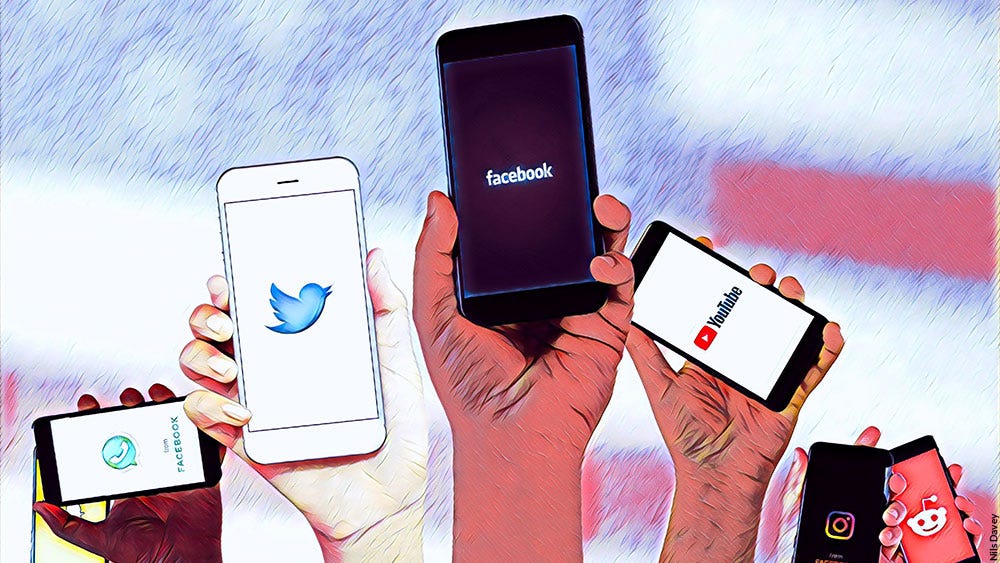
The «principle of parsimony»
Finally, it is convenient to quote Alexis Anteliz once more. “Today, the Internet is part of our daily life and its growth, evolution and development advances, unstoppable. But, its impact through social networks is the most direct (…) because it affects in different degrees and levels and with greater immediacy. This makes it necessary to increase the capacities of discernment».
So in a moment of doubt, when you read, listen or watch something on social networks, electronic media, traditional media and even on WhatsApp family networks; recall the Human Right Watch case and its crude and senseless accusation against Venezuela, and put into practice the so-called «principle of parsimony», perhaps better known as «Ockham’s Razor», which establishes (in simpler words) the next:
«If to explain a certain phenomenon we have two or more hypotheses, the most reasonable thing is to accept the simplest one. In other words, the one that presents the least unproven assumptions. In conclusion: do not fall for «fake news», use common sense. You are primarily responsible in the effort to stop the blanket of «fake news» in covering us all. Investigate.
